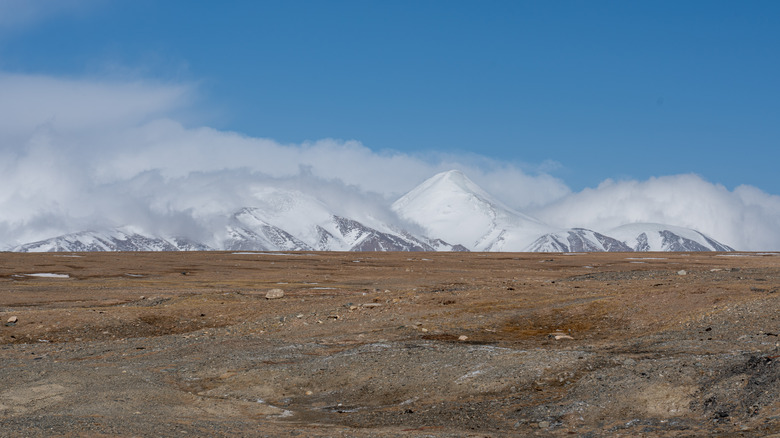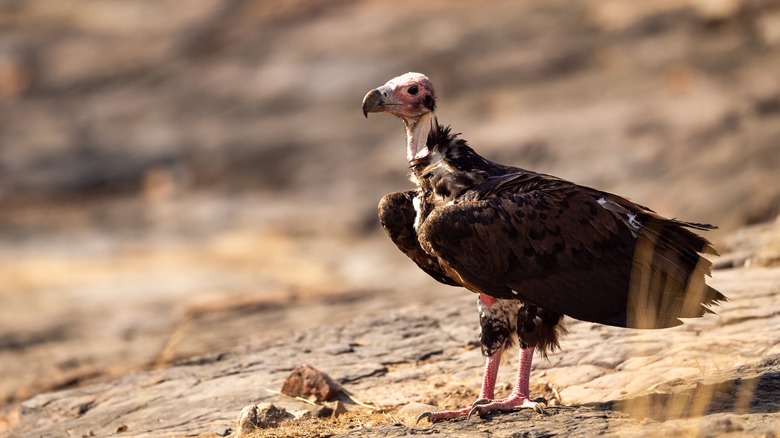What Is A Sky Burial?
Different cultures around the world have varying customs when it comes to how they honor and bury their dead. Typically these practices or ceremonies date back centuries and are of religious practice. In Tibet, a sky burial or celestial funeral is a sacred and common way to dispose of the dead.
A sky burial is a traditional practice in which the body of the deceased is disposed of in a way that is as environmentally-safe to the earth as possible. In Tibetan Buddhism, it is believed that the body is merely a vessel for a person's conscious state of being and that consciousness will go on to live a new life after death, while the body will remain and decompose (via TibetTravel).
After a person dies, their body is wrapped in traditional white cloth and placed in a clean area inside the home in which they lived. This is an essential part of the process, as it is meant to help the soul of the deceased on its path to rebirth and journey away from its earthly body, according to an article posted at Great Tibet Tour. Then, the deceased individual's body is placed on top of a mountain far from the nearest town, where flocks of carrion birds consume it.
The carrion birds which consume the body are considered holy
In Tibet, carrion birds, specifically vultures, are seen as holy birds. As such, they are an integral part of the sky burial. The family of the deceased is tasked with choosing a day for the burial to take place. This day is known as the "lucky day." On the "lucky day," the body is unwrapped, and the family then undresses the deceased and places them in a fetal position (via Great Tibet Tour).
The corpse is then transported by a body carrier to a burial site in the mountains, where the family typically is not permitted. There is a belief that the presence of loved ones can distract the soul of the deceased from its journey toward rebirth. Over the years, sky burials have begun to attract curious travelers who wish to bear witness to this unique style of funeral. However, this is considered to attract negative energies for the souls of the deceased, and as such, strangers are not permitted to attend the ceremony, according to Tibet Travel.
Once in place, monks light incense and chant around the body before using mulberry smoke to attract the carrion birds to consume the corpse. Once the vultures have consumed the flesh and organs, the bones are then ground and mixed with tsampa, a type of roasted flour, before being fed to other birds in attendance, says World Atlas. The vultures consuming the flesh are believed to signify that the body is free of sin and the soul has successfully transitioned away from its earthly vessel.

